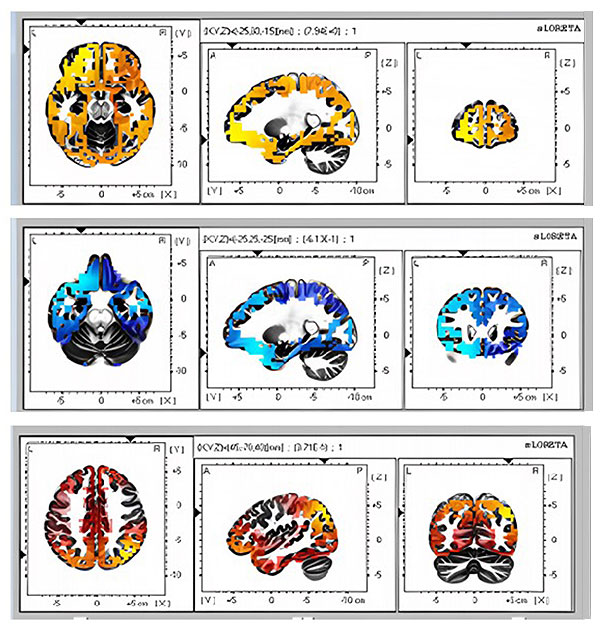PhD Public Defense, Naveen Zehra Quazilbash

Title: Human Decision Making in Recommender Systems
PhD Public Defense: Naveen Zehra Quazilbash, a PhD scholar in the Department of Computer Science
Advisor: Dr. Zaheeruddin Asif
External Examiners:
1. Dr. Suleman Shahid, Associate Professor, Syed Babar Ali School of Science and Engineering, LUMS
2. Dr. Imran Siddiqui, Professor, Department of Physics, University of Karachi
Date: Friday, September 27, 2024, at 9:00 AM
Venue: Tabba Conference Room, Tabba Academic Block, second floor, Main Campus, IBA Karachi
Abstract
Human decision-making is a complex behavior. A replication of human decision making offers a potential to enhance the capacity of intelligent systems by providing additional user assistance in decision making. By reducing the effort and task complexity on behalf of the user, such replication would improve the overall user experience and affect the degree of intelligence exhibited by the system. This study explores individuals' decision-making processes when using recommender systems, and its related outcomes. In this study, human decision-making (HDM) refers to the selection of an item from a given set of options that are shown as recommendations to a user. The goal of our study was to identify IS constructs that contribute towards such decision-making, thereby contributing towards creating a mental model of HDM. This was achieved through recording Electroencephalographic (EEG) readings of subjects while they performed a decision-making activity. Readings from 16 righthanded healthy avid readers reflect that reward, theory of mind, risk, calculation, task intention, emotion, sense of touch, ambiguity and decision making are the primary constructs that users employ while deciding from a given set of recommendations in an online bookstore. In all 10 distinct brain areas were identified. These brain areas that lead to their respective constructs were found to be cingulate gyrus, precentral gyrus, inferior parietal lobule, posterior cingulate, medial frontal gyrus, anterior cingulate, postcentral gyrus, superior frontal gyrus, inferior frontal gyrus, and middle frontal gyrus (also referred to as dorsolateral prefrontal gyrus (DLPFC)). The identified constructs would help in developing a design theory for enhancing user assistance, especially in the context of recommender systems.